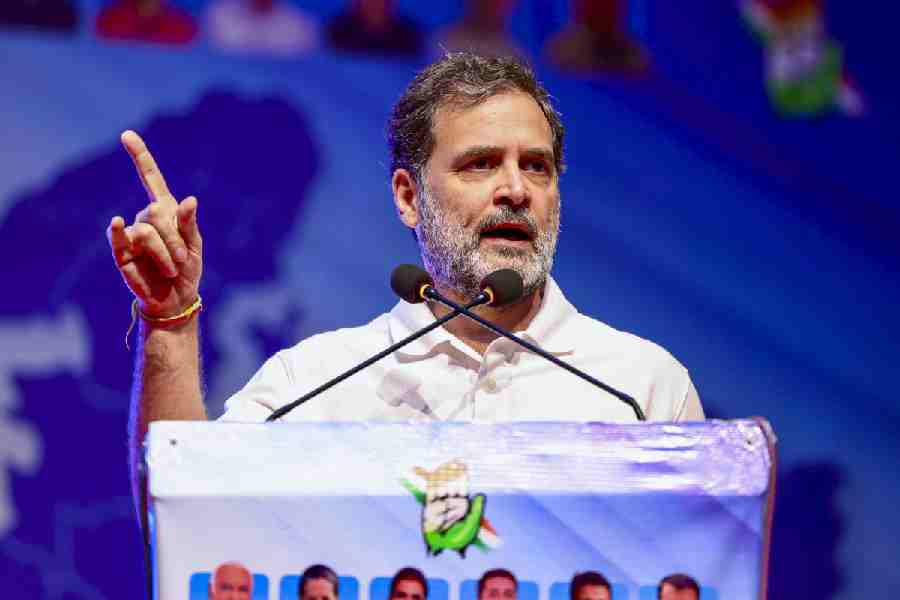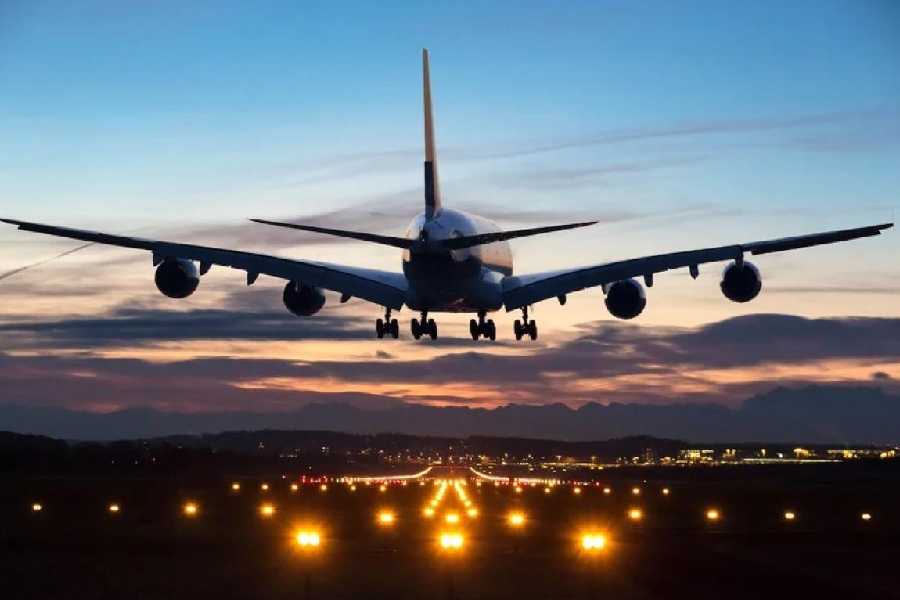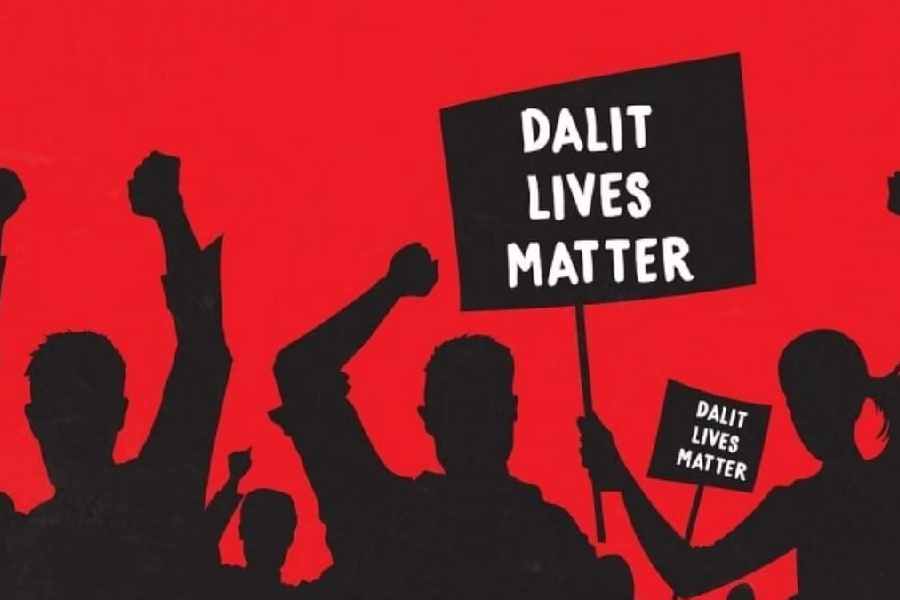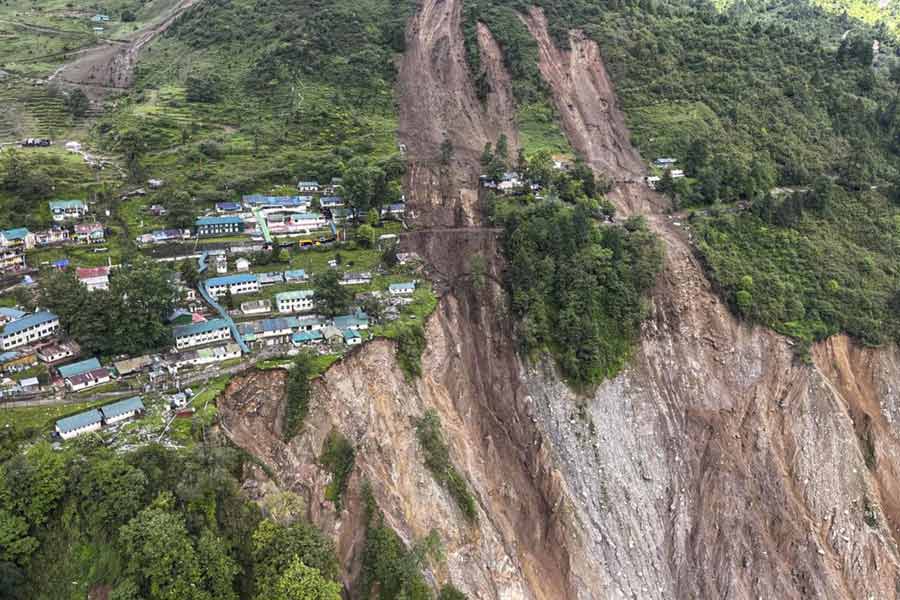 |
| DROWSY DAYS: Obstructive sleep apnoea can make you feel fatigued throughout the day; (right) a man with a CPAP device |
Mahendra Rane considers himself lucky. The 41-year-old financial account professional went to his cardiologist a few months ago for a routine check-up and found that his heart was pumping away furiously. A teetotaller, Rane didn’t have any apparent risk factors normally associated with a heart problem. The blood tests were all normal. Curious, his doctor suggested a sitting with a respiratory specialist.
So one fine morning last September, Rane walked into the clinic of Shamita Saha, a consultant pulmonologist at the Columbia Asia Hospital in Hebbal, Bangalore. She advised him to undergo an overnight sleep evaluation. He spent the night at the hospital’s sleep lab, wired to a machine called polysomnograph. The gadget, which monitored the breathing and other functions while he was asleep, showed that Rane was suffering from a sleep disorder.
He is not the only one. Nearly 10 per cent of Indians above the age of 40 suffer from the disorder. Called obstructive sleep apnoea (OSA), it is a breathing disorder that occurs when a person stops breathing for 10 seconds or more. Snoring is a common symptom of sleep apnoea, which is caused when the muscles at the back of the airway relax, leading to partial or complete collapse of the upper airway. This leads to an obstruction in breathing as it restricts the airflow.
Depending on the severity, a person suffering from OSA wakes up — mostly subconsciously — several times in an hour. “This is because as the airflow gets choked, there is drastic fall in oxygen intake. The brain instantaneously sends instruction to wake up,” explains Saha.
Because of this vicious cycle of sleeping-waking up that occurs hundreds of times in the night, OSA patients fail to get sound sleep. As a result, they suffer excessive drowsiness and daytime fatigue.
“They often fall asleep at work or while driving or operating critical machines, putting themselves and others at risk,” Saha says. If a patient has daytime sleepiness along with OSA, the condition is described as obstructive sleep apnoea syndrome (OSAS).
Curiously, few studies have been conducted to ascertain the extent of the problem in India. Not surprisingly, more than 90 per cent of sleep apnoea cases goes undetected. Even among those who have been diagnosed with the problem, only one Indian in 10 gets treated.
 |
One of the most comprehensive studies was done by researchers led by Surendra Kumar Sharma, head of the department of medicine at the All India Institute of Medical Sciences, New Delhi. The 2009 study, which involved more than 2,500 volunteers from south Delhi, showed that the prevalence of OSA is 9.3 per cent and OSAS is 2.8 per cent. Men are more prone to OSA, which affects 13.5 per cent of men as against 5.5 per cent of women. “This is a very scary situation,” says Sharma.
Most tend to attribute fatigue in the daytime to a late night, or other indulgences. Few, experts point out, realise that it can be a serious disorder needing immediate attention. Rane, for one, never took it seriously. “I used to feel extremely tired. I would attribute this to pressures at work.”
Like Rane, Abdul Waheed (name changed) had a narrow escape. The general physician from Faridabad in Haryana had three road accidents before he was diagnosed with OSAS. “Today I have a fresh lease of life,” admits Waheed.
There is no drug currently in the market to treat OSA. The standard treatment entails using a portable bedside device called a CPAP (Continuous Positive Airway Pressure) machine. The gadget gently pushes air through a mask worn while sleeping so that the slight air pressure keeps the airway open and prevents apnoeas.
Rane, who has been using a CPAP device since September, says it has brought about a remarkable difference to his life. Subsequent reviews with a cardiologist have shown that his heart is functioning normally.
Saha says the abnormal functioning of the heart in sleep apnoea patients is not difficult to fathom. “When the oxygen levels in the blood go down, the heart pumps more rapidly so that the blood thus circulated can offset the shortage in oxygen. But such accelerated heart rates can lead to impaired heart functioning,’’ she says. In some rare cases, the oxygen levels drop to such low levels that cells in the heart muscles do not get enough oxygen. “Sleep apnoea thus accounts for some of the sudden cardiac deaths that occur during sleep,” says Saha.
Studies have also shown that untreated apnoea can be a contributing factor for many problems such as diabetes, high blood pressure, heart disease, stroke and obesity. “Linkages between these lifestyle diseases and sleep apnoea is clearly established by several studies in recent years,” says Vannan Kandi Vijayan, director of the Vallabhbhai Patel Chest Institute, Delhi. “It is still a chicken-and-egg conundrum,” he says, indicating that it’s not known if apnoea causes the diseases, or vice versa.
Though it has been around for a long time, sleep apnoea as a disorder was detected only a couple of decades ago. “Sleep therapy has a very recent origin,” says Animesh Arya, a pulmonologist with the Centre for Chest Disease, Allergy and Sleep Disorder, Delhi. While there were only a couple of sleep labs in the country in the early 1990s, there are nearly 150 such clinics now. The numbers are not still enough. “Awareness is building up, but there is still much more to be done,” says Arya.
One of the reasons CPAP machines are not greatly popular is that they were extremely expensive until recently. But the price, says the head of one of the manufacturers, has halved from Rs 1.25 lakh a few years ago.
There are factors other than lack of awareness that prevent sleep disorder diagnosis from being popular. A person has to spend a night in a sleep clinic where doctors monitor their sleep patterns and take vital data on functioning of important body organs. A sleep study costs anything between Rs 8,000 and Rs 12,000.
Now clinicians are warming to the concept of easy home sleep tests, which patients find more affordable and less cumbersome. A cheaper home sleep test device called ApneaLink, for instance, can be hired by a patient for a night to record all vital parameters. In the morning, a trained doctor can interpret the data to see whether the patient is suffering from apnoea.
Experts warn that sleep disorders should not be taken lightly. Open your eyes, they say, before it’s too late.
MYTH AND REALITY
■ Myth: Snoring is actually an indication of sound sleep.
■ Reality: Snoring takes place when airflow is restricted during sleep.
■ Myth: Obstructive sleep apnoea only affects men.
■ Reality: Sleep apnoea affects both men and women, but women to a lesser degree. After menopause, women suffer as much as men.
■ Myth: Obstructive sleep apnoea only affects overweight people.
■ Reality: Weight is the main factor but thin people are also affected because of excess tissue in the throat or in the jaw.
■ Myth: One can live with sleep apnoea, all it does is make one tired.
■ Reality: Obstructive sleep apnoea is linked to strokes, depression, high blood pressure, diabetes, obesity and cardiovascular disease.
■ Myth: I’m depressed, which is the reason I am tired.
■ Reality: Depression and sleep apnoea share similar symptoms, including lethargy, loss of concentration, weight gain, mood swings and excessive fatigue.
■ Myth: Obstructive sleep apnoea does not affect my driving.
■ Reality: If you are constantly exhausted, you are a danger to yourself as well as to others if you drive. Research has shown that drowsy drivers cause more accidents on the roads than drunk drivers.










